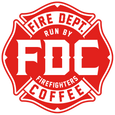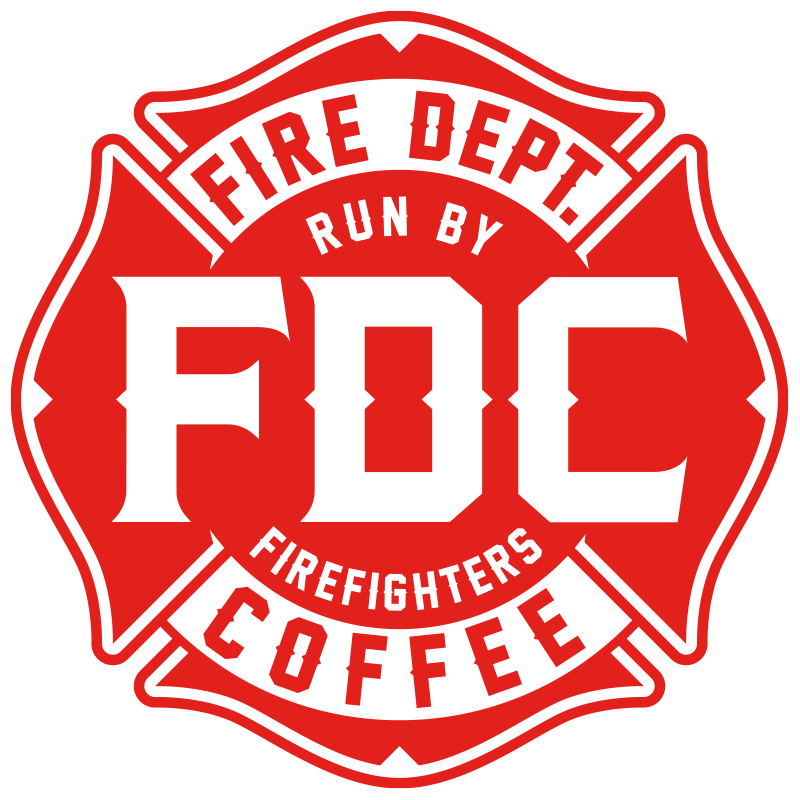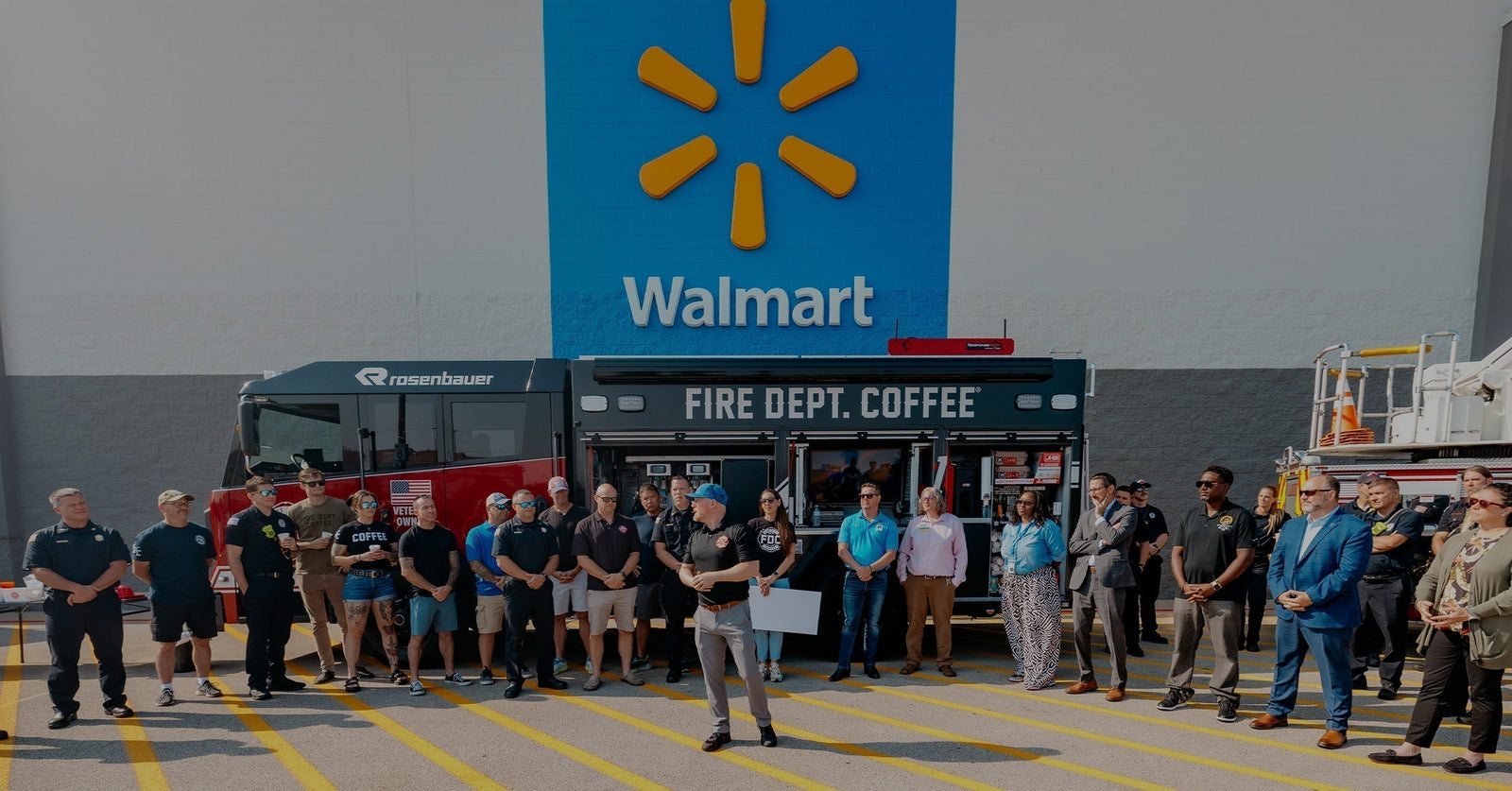
FDC Featured In Nationwide Walmart Commercial and Celebrates Community Roots in Rockford
July 23, 2025
Fire Department Coffee marked the debut of its national Walmart commercial with a celebration in Rockford, where the mission began. The event honored community roots and nationwide growth, including a $10,000 donation to support firefighter health and wellness.
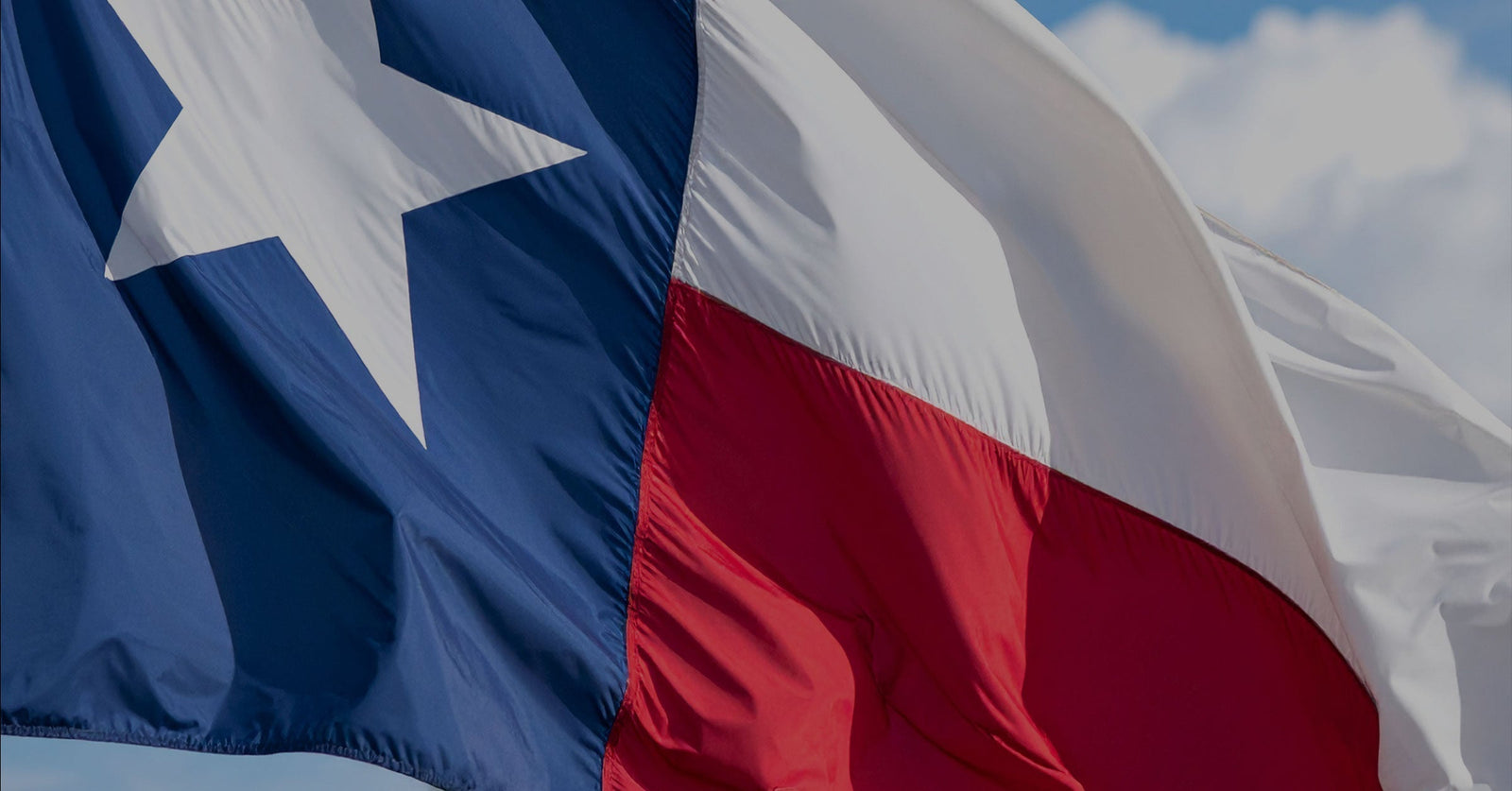
Rescue-1 Deploys to Texas: Fire Department Coffee Supports Communities After Catastrophic Flooding
July 14, 2025 1 Comment
Fire Department Coffee’s Rescue-1 fire truck was dispatched to Central Texas after severe flooding, providing hot coffee, comfort, and vital assistance to first responders and displaced families. This effort highlighted the importance of showing compassion and demonstrated to communities that they are not alone.
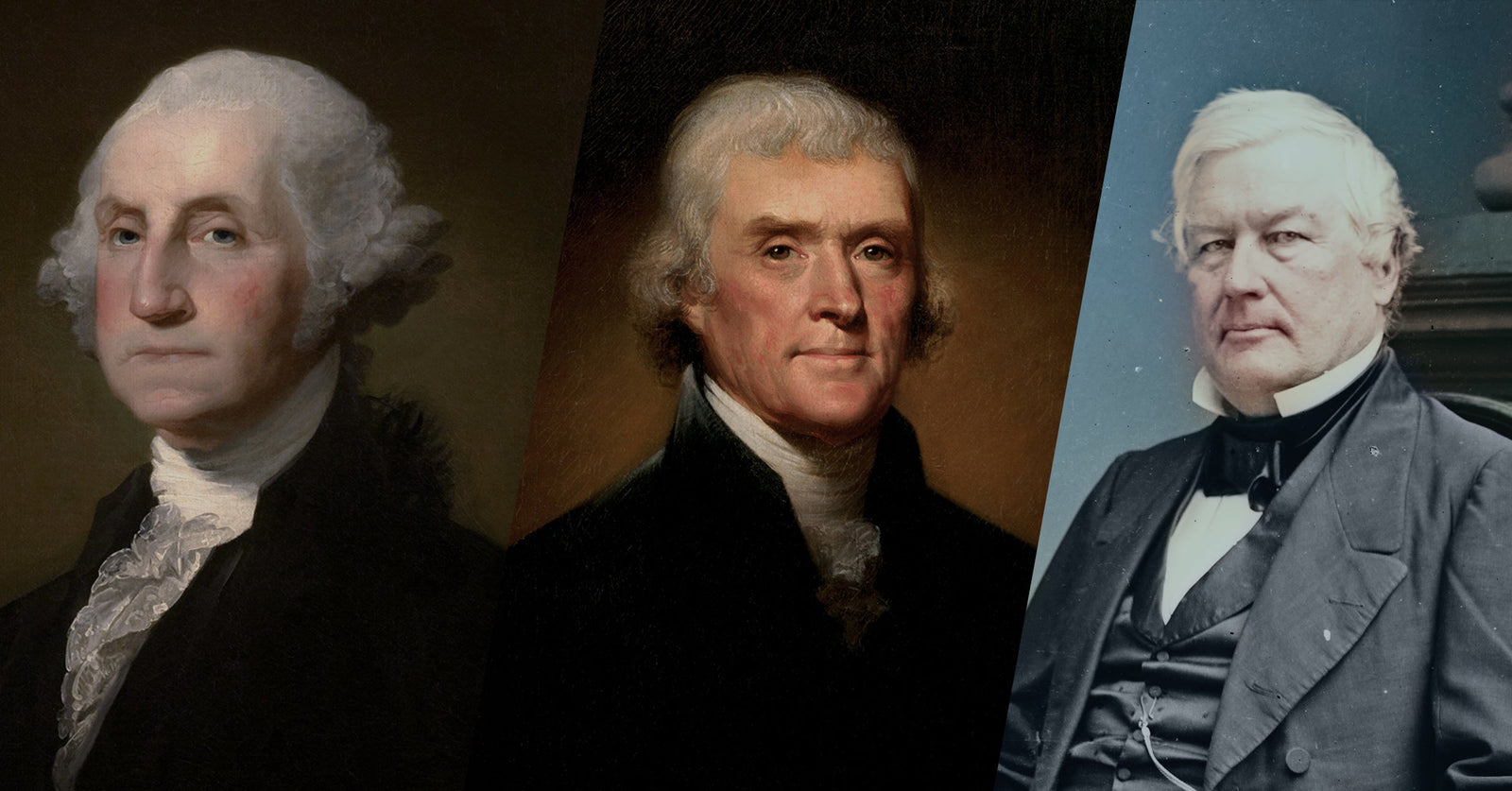
Celebrating America’s Firefighting Presidents
February 14, 2025 1 Comment
George Washington, Thomas Jefferson, Samuel Adams and others may have served as firefighters, either before, after or during their presidency.

Fire Department Coffee and Kidde Working Together to Promote Fire Safety
November 21, 2024
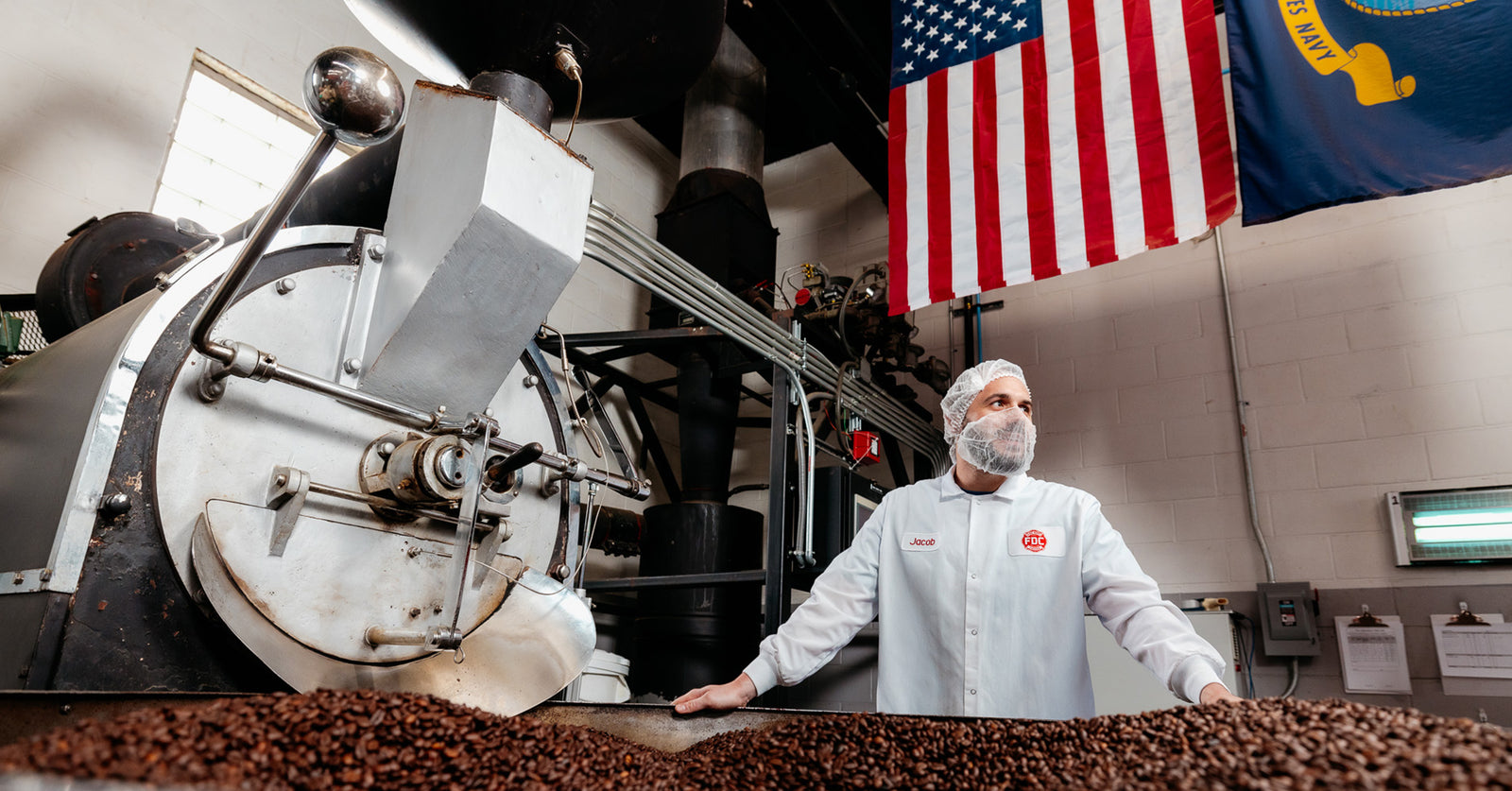
From Barista to Coffee Expert: Fire Dept. Coffee's Jacob Ball Brews Success
April 16, 2024 3 Comments
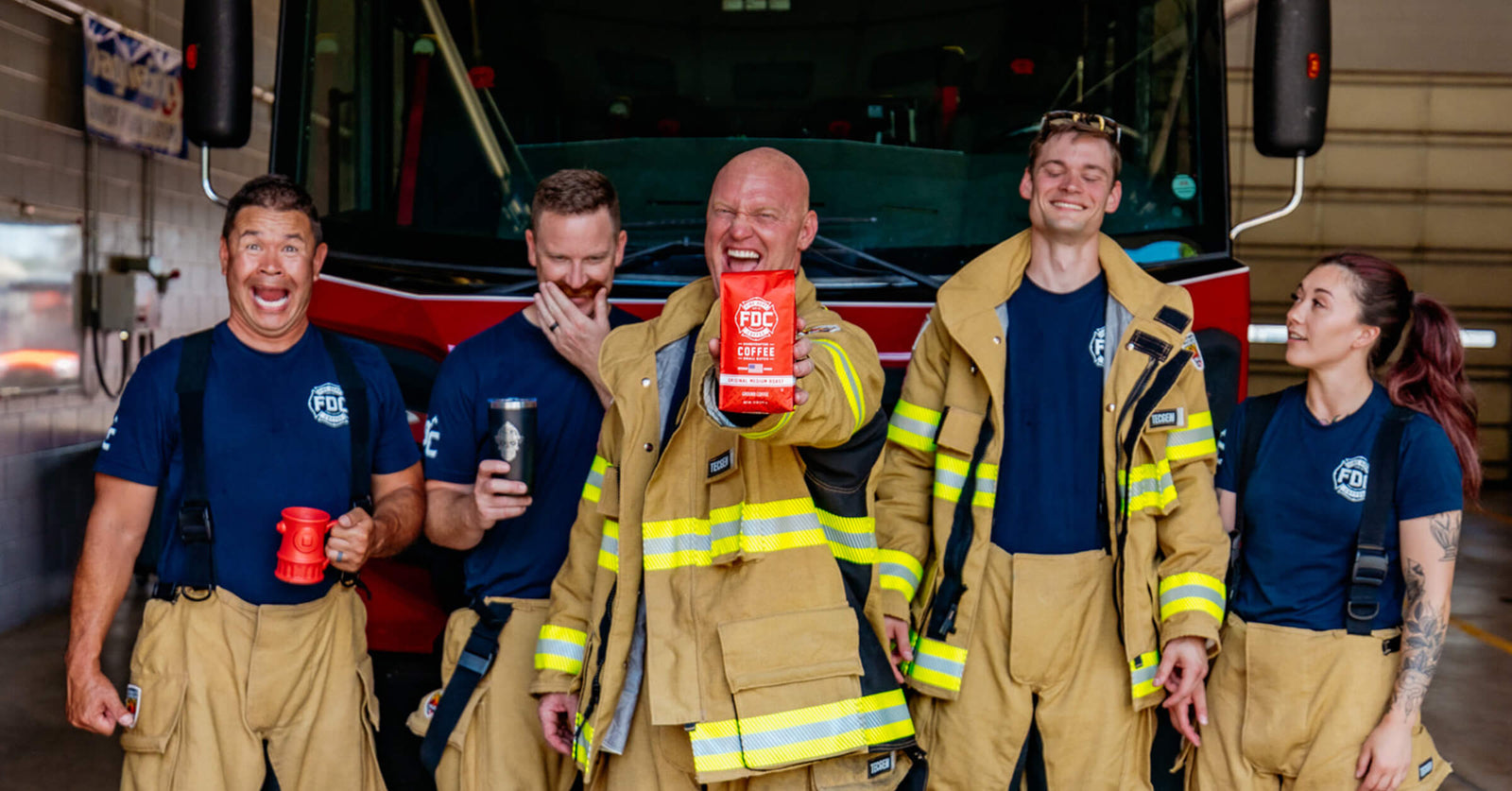
Get to Know the Hilarious, Hardworking Team Behind FDC Videos
April 05, 2024 15 Comments
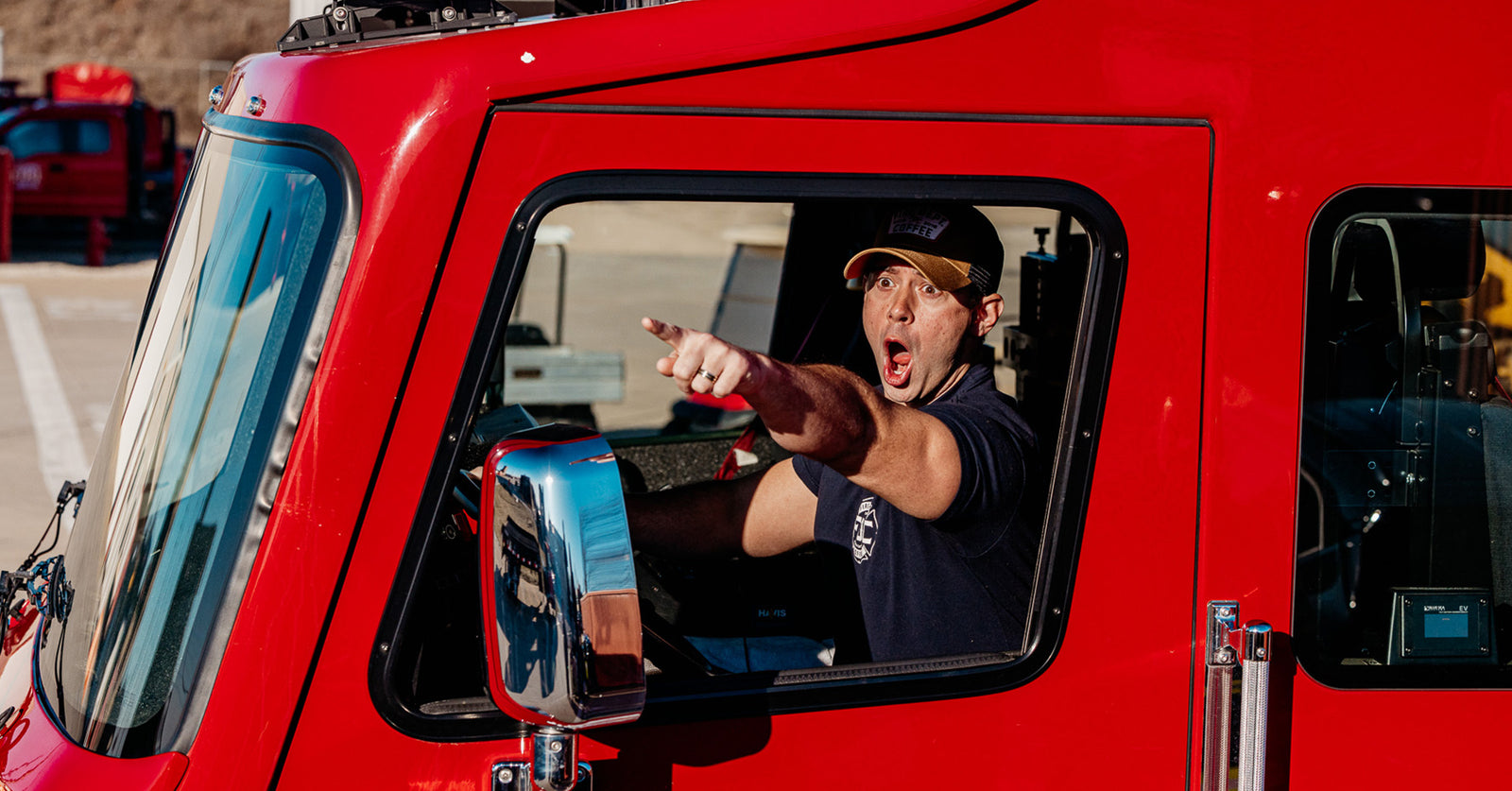
From Fan to Family: How Lance Woodruff Became an FDC Star
April 05, 2024 2 Comments
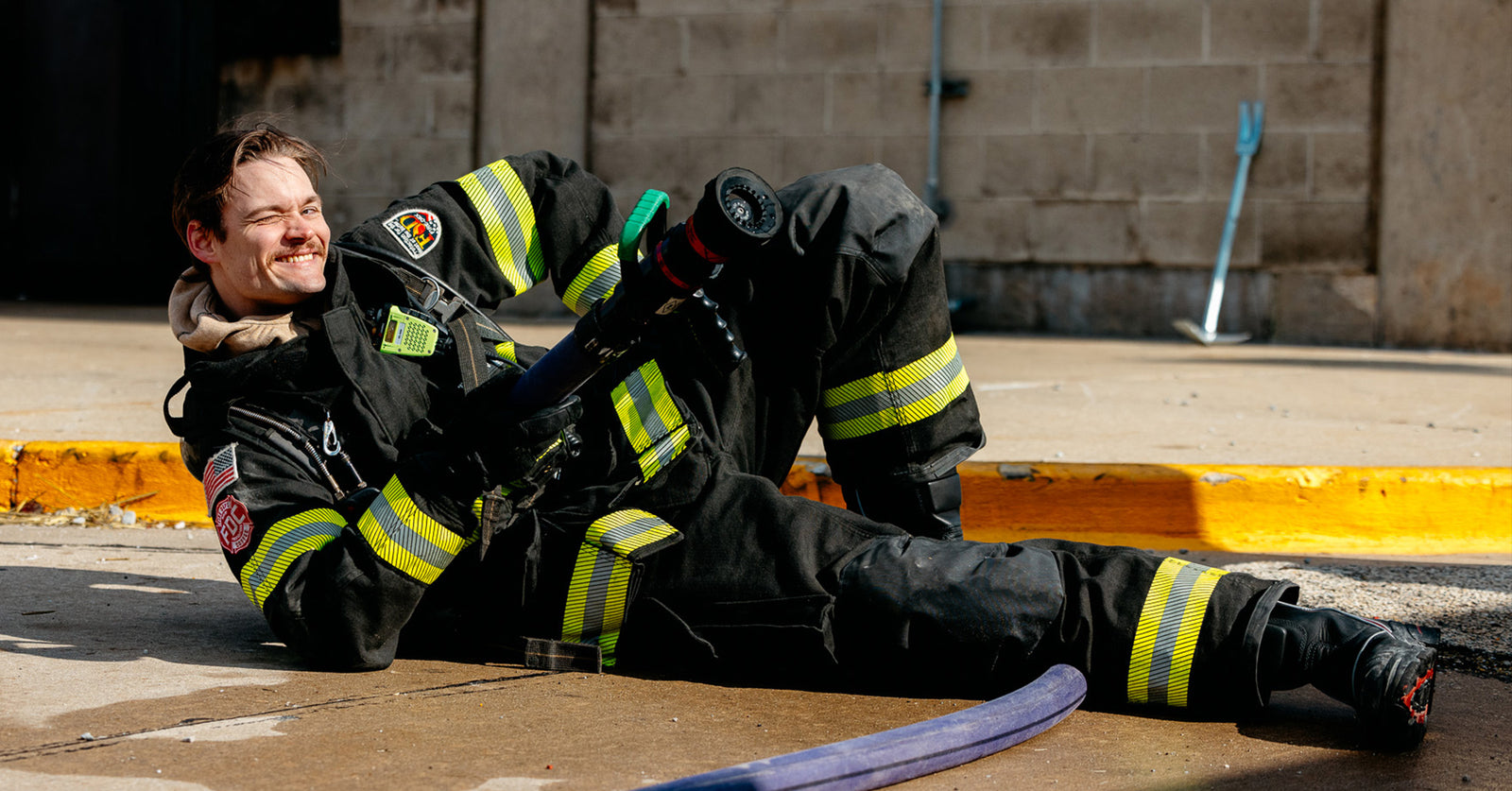
Marine, Musician, Firefighter: Josh Kennedy is Doing It All
April 05, 2024 2 Comments
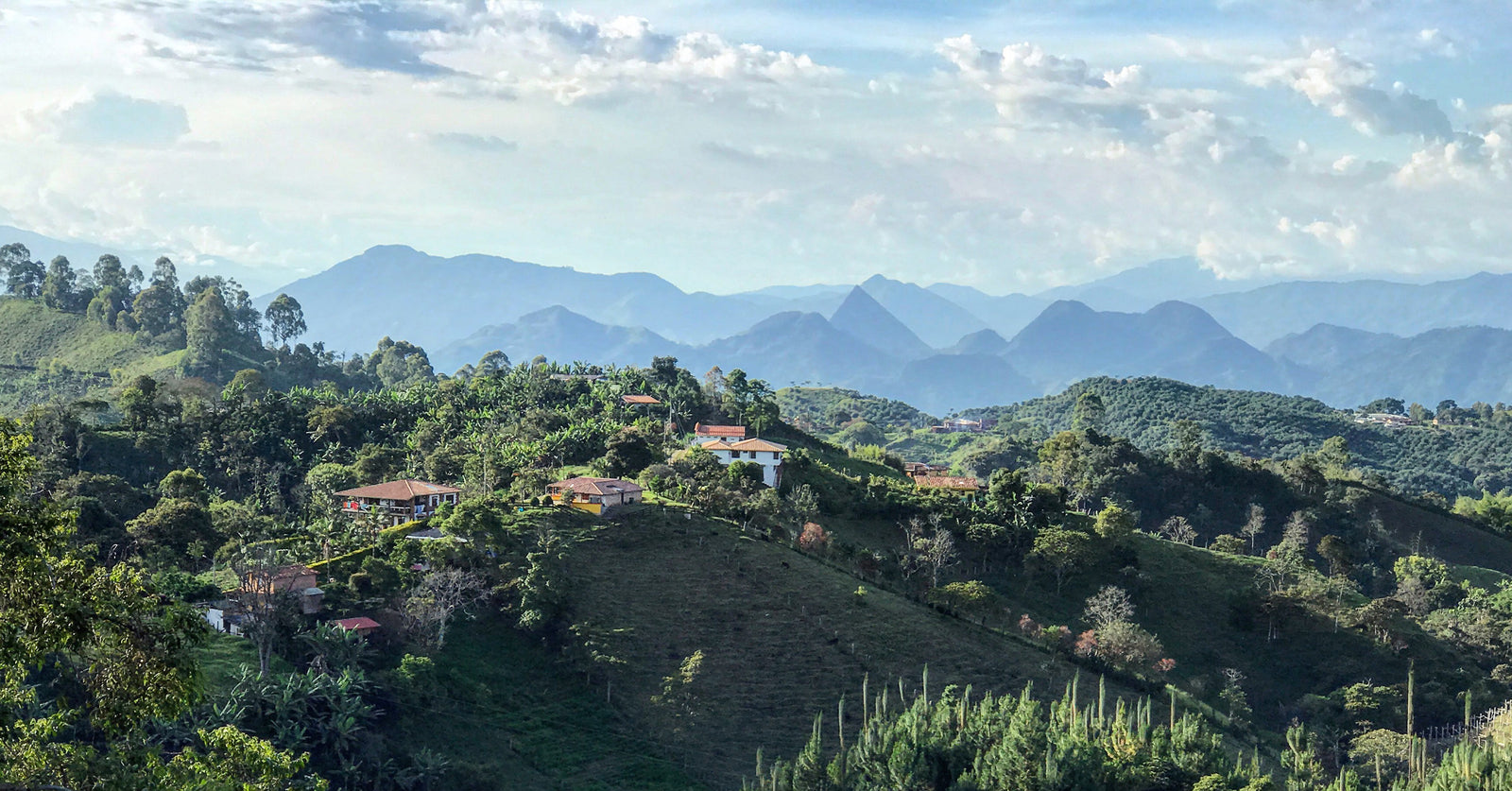
January's Coffee of the Month Club Kickstarts a Journey to 100% Direct Trade Coffee
December 30, 2023 1 Comment
What do you think when you think about coffee? Likely it’s the aroma wafting from a freshly brewed pot, the warmth in your hands on a crisp morning, the comforting ritual of each sip.
Yet behind that perfect cup lies a troubling reality: many of the farmers around the world who cultivate our beloved beans face unfair compensation, unstable livelihoods, and a bleak outlook for the future.
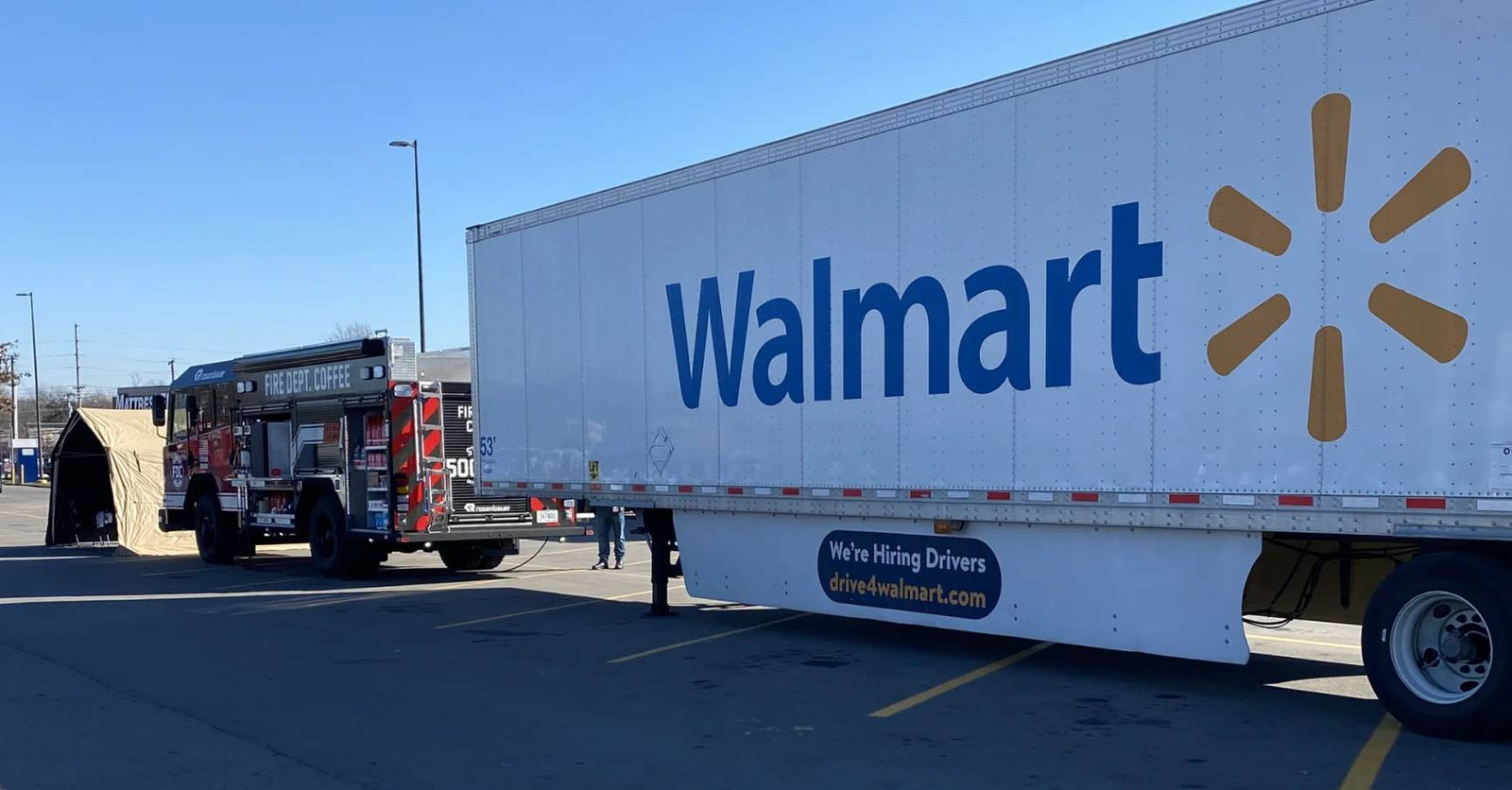
FDC Mobilizes Rosenbauer Fire Truck for Tennessee Tornado Relief
December 14, 2023 1 Comment
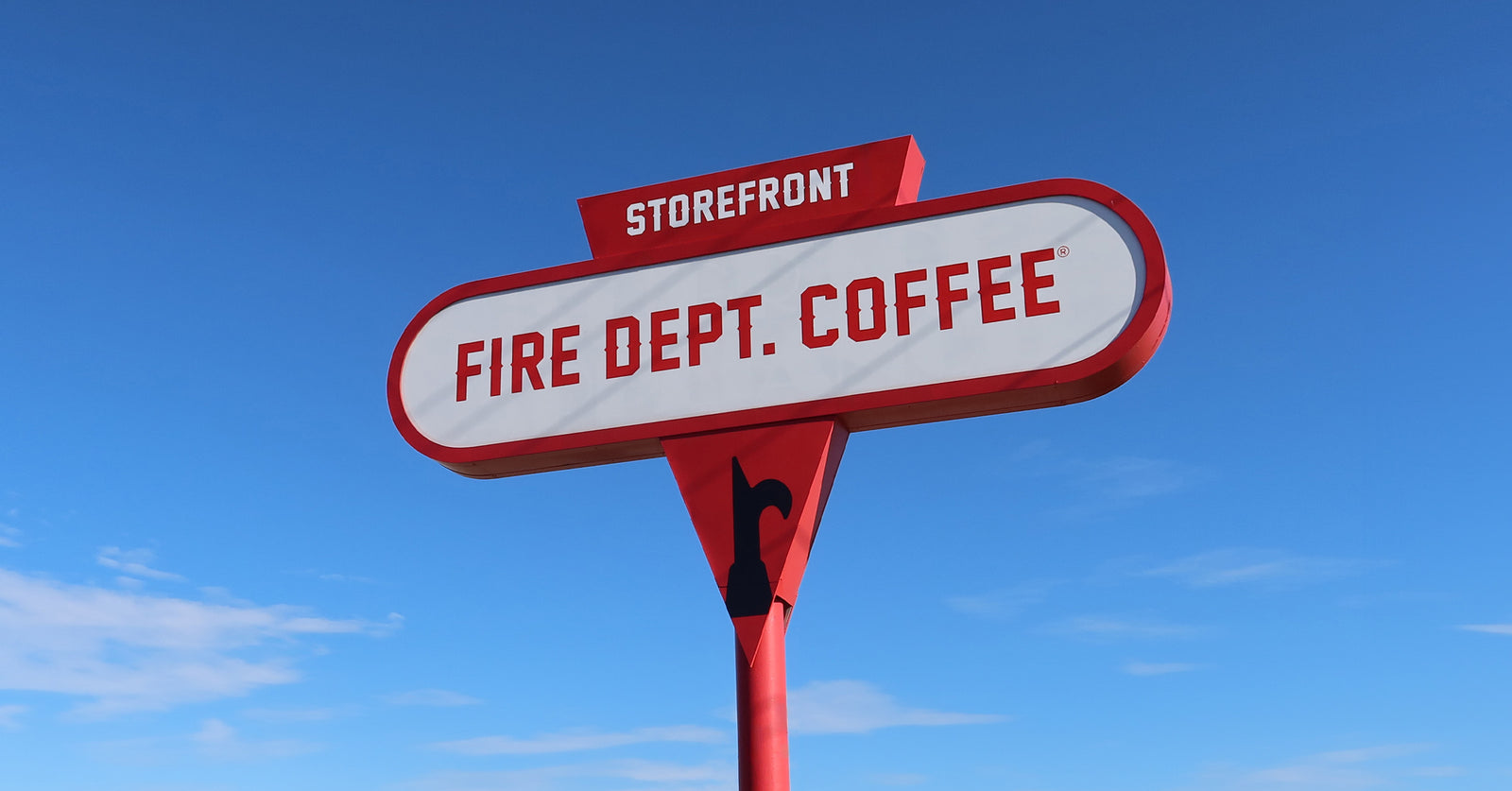
Fire Dept. Coffee's First Retail Shop Opens in Rockford, IL
December 11, 2023 1 Comment
Our customers are full of great ideas — and one of their best has now become reality!
Our first retail location recently opened its doors, giving us the chance to welcome customers inside and get to meet more of the amazing coffee lovers who have helped grow Fire Dept. Coffee from an idea into a nationwide brand.
This moment signifies a tangible connection with the community that has fueled our passion since our online inception in 2016, bringing our brand to life in a new and exciting way.
Our Fire Dept. Coffee retail shop is right here in our hometown of Rockford, Illinois — located at 811 West Riverside Boulevard — in a fully remodeled space at the front of our shipping and packing facility.

This strategic location is a nod to our roots, emphasizing our commitment to being an integral part of the Rockford community. Easily accessible for locals and visitors alike, the Fire Dept. Coffee retail shop is a place to buy exceptional coffee and gear.
Over the years, many of our coffee-loving customers have asked us if we’d ever open an FDC retail shop. Hearing the idea again and again made us see the vision and possibilities.
So our first retail shop is open, and we’re loving it so far. It marks the latest milestone in the journey of Fire Dept. Coffee, with many more exciting possibilities on the horizon.
A True Taste of Fire Dept. Coffee — and the Gear to Go With It
One of the highlights of your visit will undoubtedly be the opportunity to indulge your senses with complimentary samples of your favorite FDC roasts, plus the opportunity to experience others for the first time.
Then customers can purchase bags of everything from our most popular everyday roasts to our special limited-edition roasts, not to mention our line of ready-to-drink Nitro Cold Brews. One step inside the door will treat you to the rich aroma of freshly brewed coffee.

You can also grab a free cup of coffee until you decide which roast or gear you want to take home with you. It’s a true treat for anyone who loves a great cup of coffee.
You’ll also find a wide selection of our most in-demand Fire Dept. Coffee gear, available for purchase at the retail shop. Show off your love for exceptional coffee with our most popular T-shirts, sweatshirts, and hats.
Each piece is a testament to the passion and commitment we pour into every cup, allowing you to show your support for Fire Dept. Coffee wherever you go.
Great Coffee and Great Gifts Anytime of Year
The Fire Dept. Coffee retail shop is open Monday to Saturday from 8am to 4pm. You’ll find a lot to love here — and you’ll find a lot for your loved ones to love, too.

Fire Dept. Coffee roasts, cold brews and gear make awesome gifts anytime of year. So make a list of the coffee fanatics in your life and then make your way to our Rockford retail shop.
It’s a celebration of coffee and community, and we’re excited to share it with you all.

Sugar Cookie Rum Infused Coffee - Spirit Infused Coffee Club
November 29, 2023 2 Comments
FOLLOW OUR JOURNEY, GET SPECIAL OFFERS AND PROMOTIONS
- SPIRIT INFUSED COFFEE
- Bourbon Infused Coffee
- Whiskey Infused Coffee
- Rum Infused Coffee
- Tequila Infused Coffee
- Spirit Infused Coffee Club
- Spirit Infusion Process
GEAR
© 2025 Fire Department Coffee, Inc.
